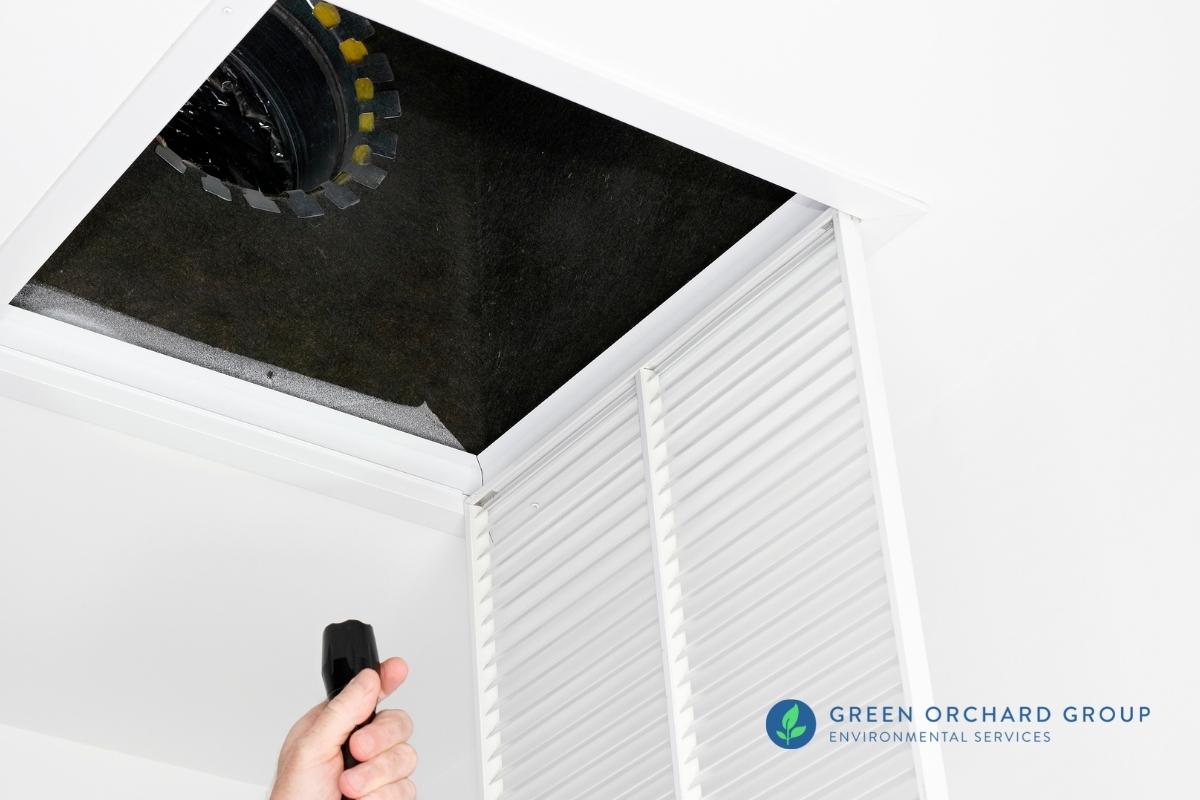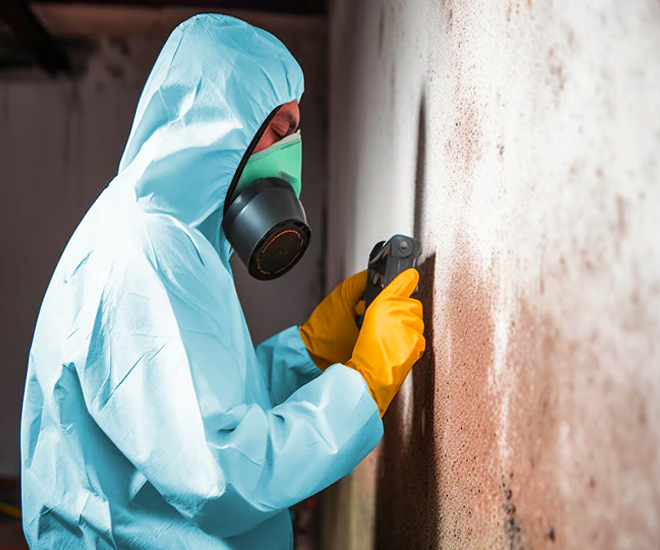Crafting a Detailed Post Mold Remediation Report
Crafting a Detailed Post Mold Remediation Report
Blog Article
Specialist Tips for Message Mold Removal Success
In the realm of mold and mildew removal, successfully removing mold and mildew is only half the fight; real difficulty hinges on preventing its reappearance. Post-remediation initiatives play a critical duty in guaranteeing a mold-free atmosphere in the long-term. By sticking to professional suggestions and finest practices, people can secure their spaces against mold and mildew renewal and maintain a healthy indoor atmosphere. It remains in this stage of the remediation process that focus to detail and aggressive actions truly make a difference.
Display Moisture Degrees Routinely
After finishing mold and mildew remediation procedures, keeping optimal humidity degrees is essential to protect against mold re-growth and make certain a healthy indoor environment. High moisture levels above 60% produce a conducive atmosphere for mold to flourish, making routine checking a proactive measure to avoid any future mold concerns.
Additionally, establishing a regular timetable for humidity checks, particularly in risky locations such as cooking areas, basements, and washrooms, is an aggressive method to mold and mildew prevention. By consistently keeping an eye on humidity degrees, residential property owners can successfully reduce the threat of mold reoccurrence and keep a healthy interior setting post-remediation.
Conduct Thorough Inspections Post-Remediation
Following the conclusion of mold removal procedures, it is important to conduct detailed assessments to verify the performance of the removal process. These post-remediation assessments are important in guaranteeing that the mold and mildew issue has been efficiently addressed which there is no reappearance or remaining mold and mildew development. Evaluations must be executed by certified professionals who have expertise in identifying mold and examining interior air quality.
During these evaluations, numerous methods such as aesthetic analyses, air sampling, and surface tasting may be used to completely examine the remediated areas. Visual evaluations include an in-depth inspection of the premises to look for any visible indications of mold growth or water damage. Air sampling aids in determining the airborne mold and mildew spore degrees, while surface area tasting can identify mold and mildew fragments on surface areas.
Implement Appropriate Ventilation Methods
After ensuring the performance of the mold removal procedure through extensive inspections, the next critical step is to concentrate on executing correct ventilation approaches. Sufficient air flow is crucial in stopping mold reoccurrence by regulating moisture degrees and advertising air circulation.
Correct air flow not just help in protecting against mold growth however likewise adds to the overall health and comfort of passengers. By making sure appropriate ventilation throughout the residential property, you can lower the danger of mold regrowth and develop a healthier living environment.

Usage Mold-Resistant Products for Repairs
To improve the long-term efficiency of mold remediation efforts, integrating mold-resistant materials for repair work is critical in reducing the risk of future mold and mildew growth. Mold-resistant products are created to endure wetness and inhibit mold and mildew growth, making them a vital choice for locations prone to moisture and moisture. When repairing locations affected by mold, making use of materials such as mold-resistant drywall, mold-resistant paints, and mold-resistant caulking can aid stop mold reoccurrence.
Mold-resistant drywall is an outstanding alternative to typical drywall in locations like restrooms and cellars where moisture levels are higher. This sort of drywall has an unique finishing that stands up to mold and mildew development even when subjected to damp problems. In addition, utilizing mold-resistant paints containing antimicrobial agents can further inhibit mold development on walls and ceilings.
In areas where moisture prevails, such as bathrooms and kitchens, Visit This Link utilizing mold-resistant caulking around tubs, sinks, and windows can assist seal out water and prevent mold and mildew from holding in fractures and crevices. By buying these mold-resistant products during repairs post-remediation, you can considerably decrease the likelihood of future mold and mildew problems and preserve a healthier interior atmosphere.
Maintain Cleanliness and Address Water Issues
After mold removal, it is crucial to preserve a tidy environment to stop the regrowth of mold and mildew. Leaks, water intrusion, or high humidity levels can produce the best reproduction ground for mold, so it is necessary to fix any type of water-related issues immediately.
To preserve tidiness, take into consideration utilizing HEPA filters in vacuum cleaners and air cleansers to trap mold and mildew spores and stop their flow airborne. Making sure proper ventilation in locations susceptible to moisture accumulation, such as shower rooms and cooking areas, can aid maintain humidity degrees in check. By staying alert regarding tidiness and attending to water problems promptly, you can effectively prevent mold and mildew reinfestation and preserve a healthy interior try this website atmosphere.
Final Thought

In the realm of mold removal, efficiently eliminating mold is just half the battle; the true obstacle exists in stopping its reappearance. After completing mold remediation procedures, maintaining ideal humidity levels is crucial to avoid mold re-growth and guarantee a healthy and balanced interior environment. High humidity levels above 60% create a conducive atmosphere for mold to grow, making normal monitoring a positive procedure to protect against any future mold problems.
To boost the long-term effectiveness of mold remediation efforts, including mold-resistant materials for repairs is crucial in minimizing the Related Site danger of future mold and mildew development. After mold and mildew remediation, it is vital to maintain a clean setting to avoid the regrowth of mold.
Report this page